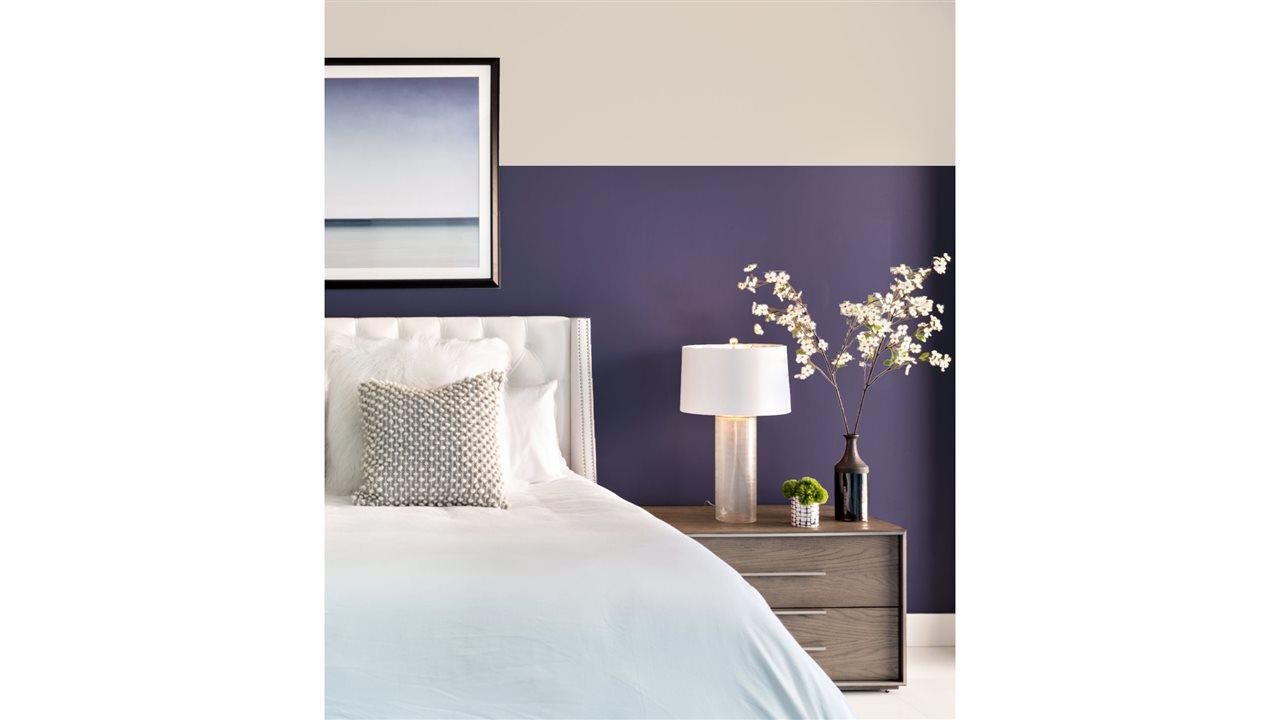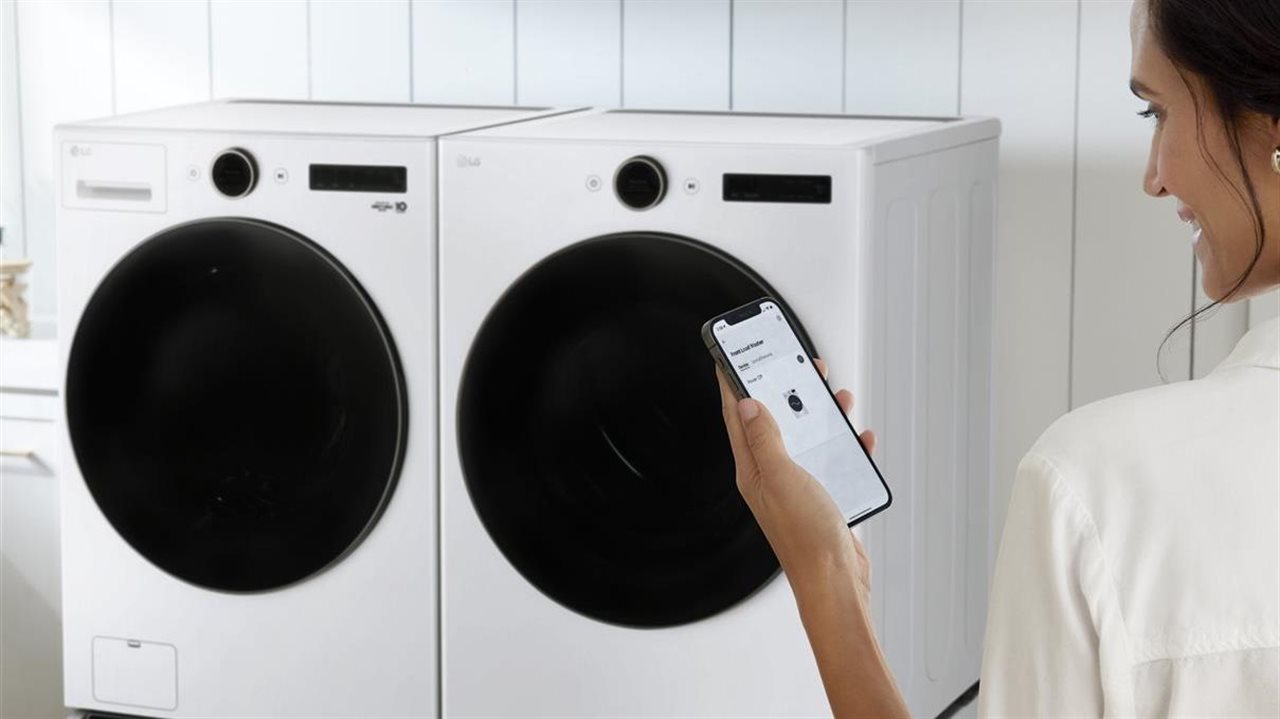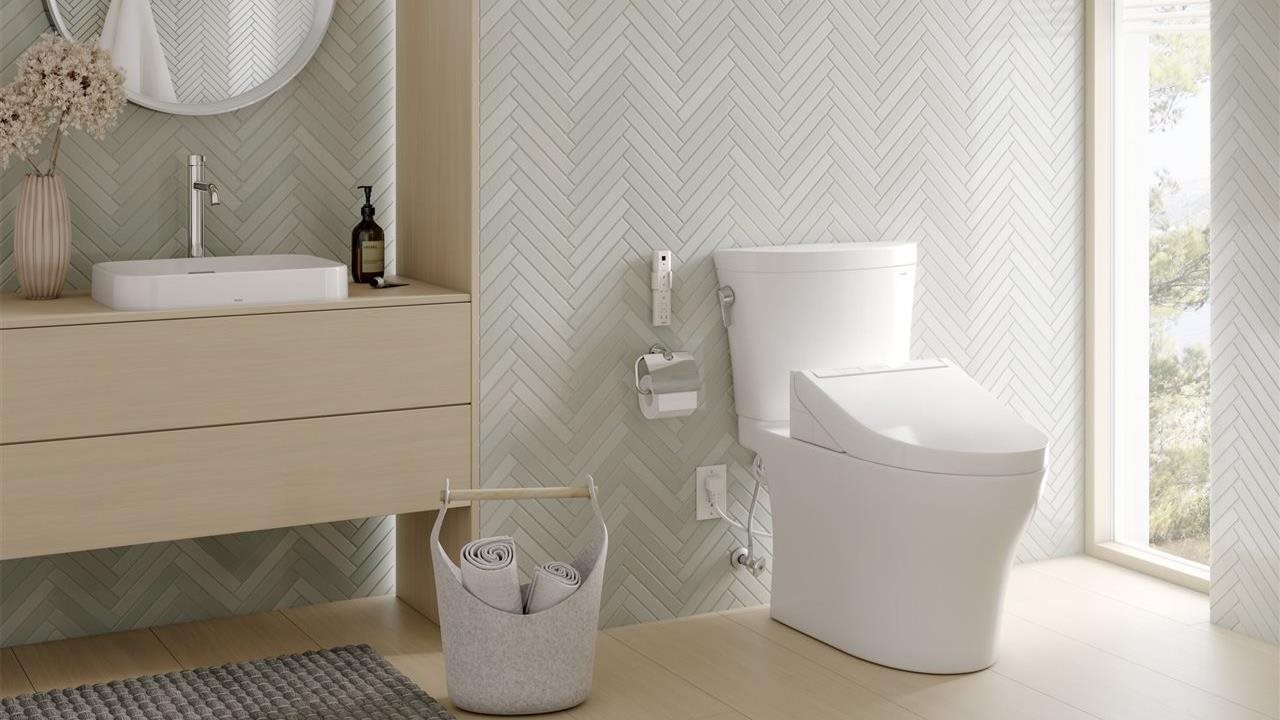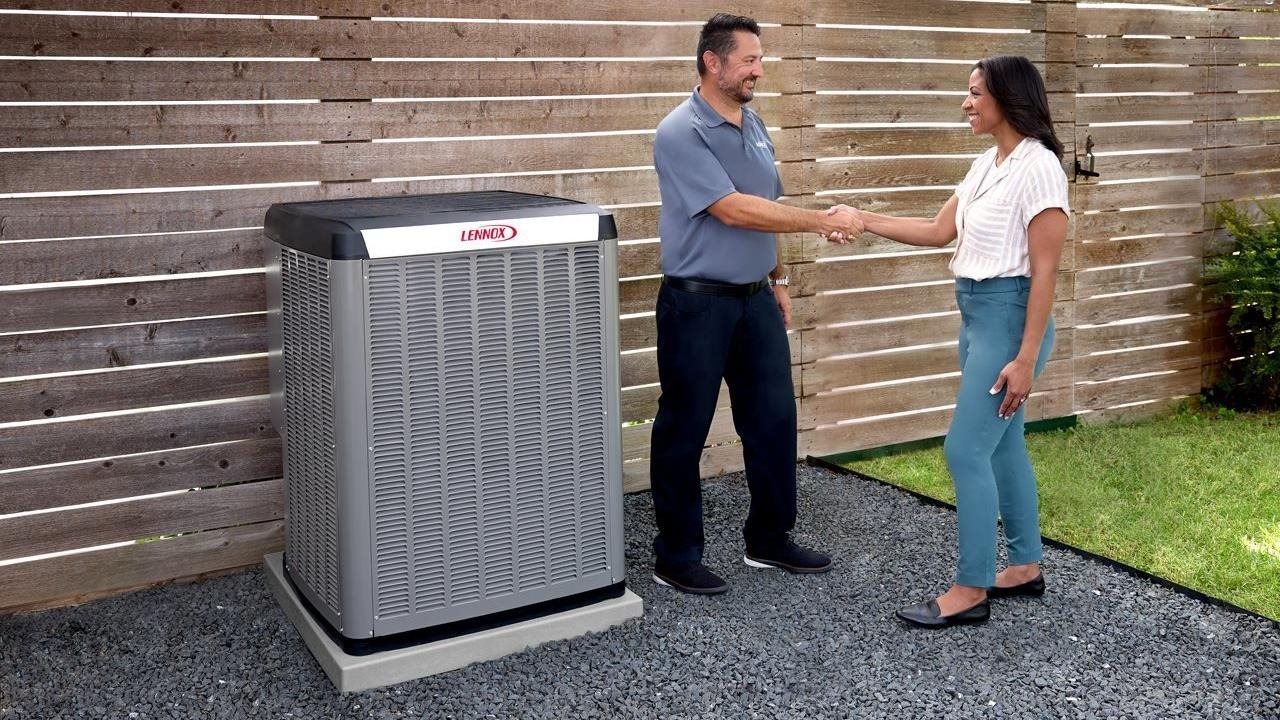2024-10-10T11:01:00
(BPT) – The self-care movement is having a moment. Over the summer we observed Self-Care Month from June 24 to July 24, with the symbolic notion of 24/7 (July 24) self-care being top of mind in our stressful world today, not just during that month, but in every month. The World Health Organization even issued guidelines about its importance.
What is self-care? It’s the process of tending to your physical, spiritual and mental health and wellbeing. It can be about mindfulness and meditation, getting out and walking in nature, eating right, focusing on sleep, nurturing social connections and so much more. It’s the completely personal practice of taking care of yourself, whatever that means to you, and doing whatever helps you recharge and renew.
One way to bring more self-care into your life is to start in the bathroom, which has long been an oasis of solitude, pampering and luxury. Any busy parent can tell you they love their alone time in the bathroom, with a luxurious soak in the tub getting much of that glory. But your shower can be an oasis of pampering, too. Here’s how to turn your shower into an oasis of self-care.
Choose the right shower head. They’re not all created equal. A great shower head can elevate the entire shower experience from ordinary to extraordinary, and the technology has evolved to new heights of self-care. Kohler’s Cinq, a single-function showerhead, features a five-layer Aquifer KDF55 filtration system that delivers less chlorine, chemicals and scale so you can experience that perfect glow for your hair and skin.
Kohler’s new SpaViva Handshower & All-in-One Cleansing Device takes that concept up a notch, and brings self-care to your shower space. It’s an innovative product that combines essential skincare tools with deep clean capability. The two-function handshower offers two spray types, Katalyst Spray that infuses water with more air for a more robust water droplet that retains heat, and the Microbubble Spray that produces tiny bubbles.
The All-in-One Cleansing Device will have you wondering how you ever lived without it. It magnetically docks into the center of the handshower, transforming your showerhead into a multifunction beauty tool. It features four brush heads — Face Brush, Body Brush, Body Massager and Body Scrub — that rotate at a choice of three speeds. It truly is an innovation that turns your shower into a spa. Another plus: It’s a simple retrofit installation that anyone can do.
Set the mood. Create a spa-like atmosphere in your bathroom. Tuck those rubber duckies and other toys away, stow your spouse’s products under the sink and toss any used towels into the laundry basket. Then, dim the lights and break out the candles, your favorite playlist of soothing music and a sprig of eucalyptus or whatever scent you love.
Gather your products. This is the time for pampering, so grab a deep conditioner for your hair, your favorite body wash and other special products.
Practice mindful showering. Focus on the sensations of the warm water, scents, steam and your luxurious products.
Customize the experience. For a truly upscale shower, Kohler’s Anthem+ allows you to control all of your functions digitally. You can control steam and temperature for up to 12 shower outlets from one intuitive interface. Just one great feature: You can preset preferences for up to nine users. So, you can have the shower ready to go just as you like it, and so can your spouse, your teenagers, and any visitors.
With the right tools and a little planning, you can transform your shower from a step-in-step-out dash into a mindful routine of self-care that you can enjoy every morning or whenever the mood strikes.










